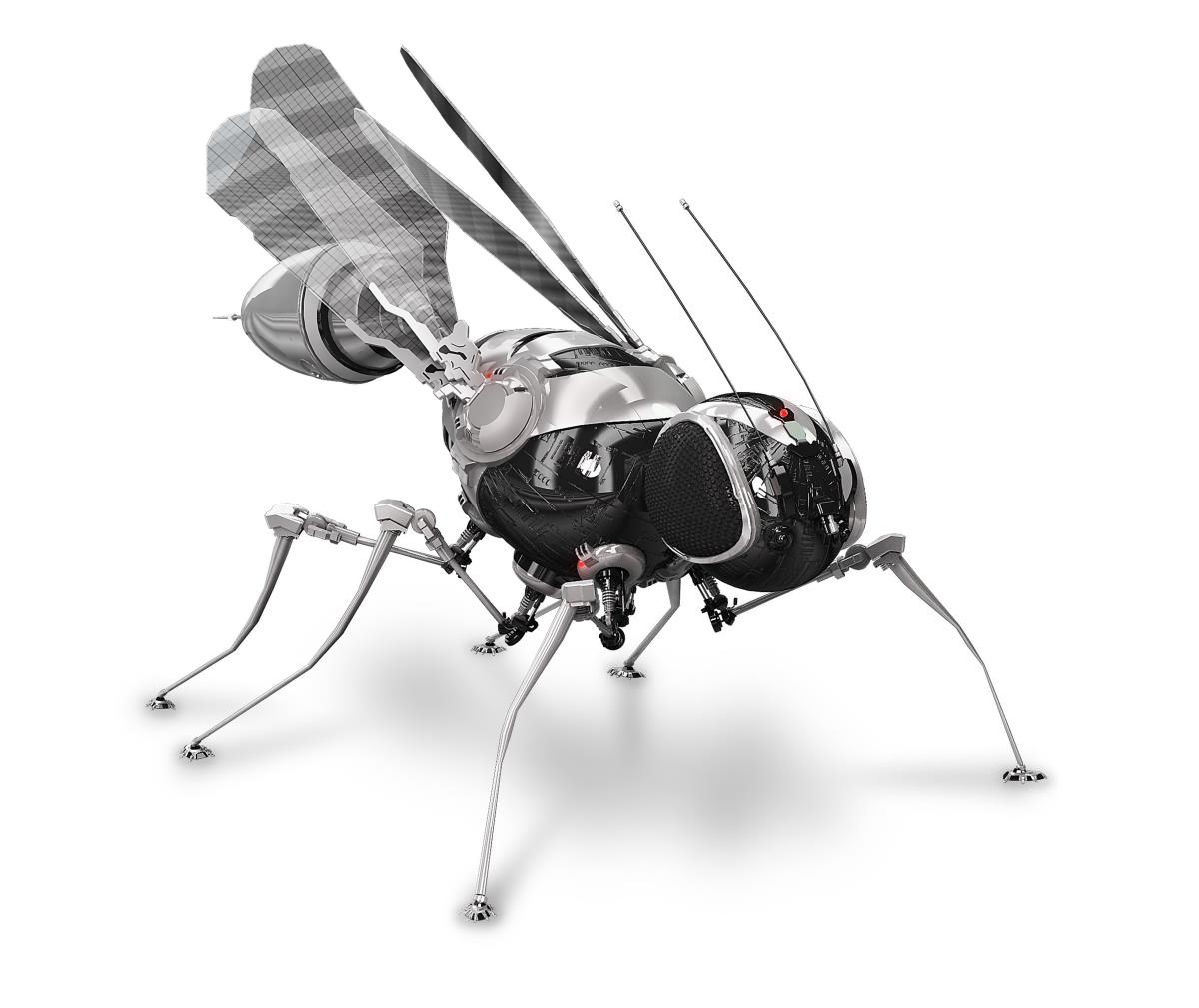“Sounds” like home: Baby coral choose their home using acoustics and low-frequency sound
03/13/2019 / By Edsel Cook

When a family is thinking about moving into a new neighborhood, they will scope out the area first and see if it is any good. In a similar vein, the larvae of coral pick a place to call home based on the sounds made by the animals there, said American researchers.
Once a larva decides to settle down on the surface of a reef, it will permanently lose its ability to move. So it has to pick a very good spot that is safe, has plenty of food, and contains other corals of the same species.
A study conducted by the Woods Hole Oceanographic Institution (WHOI) figured out the means by which coral larvae make that important decision. The animals apparently listen to the soundscape of a reef to determine if the formation is a good home.
The soundscape is the sum of all the sounds made by the animals in the area. A healthy reef enjoys a very diverse soundscape, while a barren one is either as silent as the grave or filled with the ominous sounds of whatever it is that rendered it lifeless. (Related: Be sure to buy biodegradable sunscreen to protect coral reefs.)
Coral larvae judge a potential home by the quality of its soundscape
“Sound is a sensory cue that a lot of marine animals rely on to communicate and navigate,” explained WHOI researcher Amy Apprill. “But it hasn’t been well studied on coral reefs.”
The co-lead author of the study, Apprill specializes in the ecology of coral reefs. Her partner, Ashlee Lillis, is an expert on the soundscape of an ecosystem. They noted that a healthy coral reef is filled with all kinds of animals, each of which makes unique noises.
In their study, the WHOI research team acquired larvae from mustard hill coral (Porites astreoides) that is commonly found in the Caribbean Sea. The microscopic animals were placed inside sealed containers along with a ceramic layer that mimics the surface of a reef.
Apprill and Lillis set up clusters of these containers in three locations off the coast of St. John in the U.S. Virgin Islands. Each site was distinct: One was a bare patch of sand, another was a sick coral reef on the verge of death, and the last one was a healthy reef with a large and growing population of animals.
In addition to the containers with larvae, the researchers also set up a hydrophone that can analyze underwater sounds. The microphone recorded the sounds in each site for 60 hours.
The right kind of background noise gets coral to settle down on a healthy reef
The researchers evaluated the number of coral larvae in each container that settled down on the substrate. They compared these results with the recorded soundscape of the test sites and identified particular animals that made the most common sounds.
Their results showed that coral larvae recognized the rich and loud sounds made by a thriving coral reef. Twice as many larvae settled down in the healthy site when compared to the unhealthy or barren areas.
The soundscape of such reefs are filled with the low-frequency noises made by snapping shrimp and fish that live in coral reefs. These low but constant background sounds are likely to attract coral larvae to settle down.
“This study has big implications for coral restoration efforts,” Apprill noted. “Could you take a concrete slab in the ocean, play the sounds of a healthy reef nearby, and start attracting new coral?”
Likewise, she believes that decreasing human noise pollution in marine areas could encourage coral larvae to settle down there by encouraging the return of important marine organisms.
Sources include:
Tagged Under: animals, coral reef, corals, Ecology, environment, marine ecosystem, marine habitat, marine life, Oceans, wildlife



















